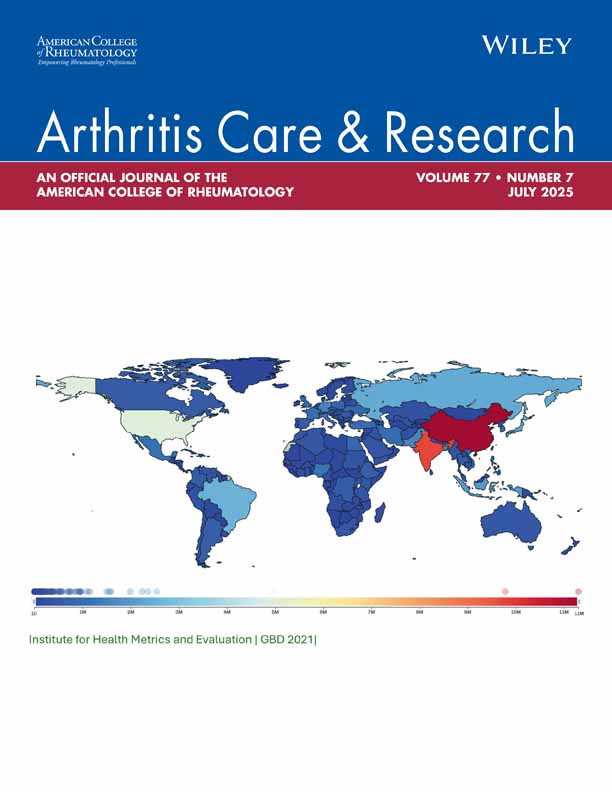Population impact of arthritis on disability in older adults
Abstract
Objective
Disability threatens the independence of older adults and has large economic and societal costs. This article examines the population impact of arthritis on disability incidence among older Americans.
Methods
The present study used longitudinal data (1998–2000) from the Health and Retirement Study, a national probability sample of elderly Americans. Disability was defined by the inability to perform basic activities of daily living (ADL). A total of 7,758 participants ages ≥65 years with no ADL disability at baseline were included in the analyses. Multiple logistic regression was used to measure the impact of baseline arthritis (self reported) on incidence of subsequent ADL disability after controlling for baseline differences in demographics, health factors, health behaviors, and medical access.
Results
Older adults who had baseline arthritis had a substantially higher incidence of ADL disability compared with those without arthritis (9.3% versus 4.5%). The strong relationship of arthritis and ADL disability was partially explained by demographic, health, behavioral, and medical access factors. However, even after adjusting for all other risk factors, arthritis remained as an independent and significant predictor for developing ADL disability (adjusted odds ratio 1.5, 95% confidence interval 1.2–1.8). Almost 1 in every 4 new cases of ADL disability was due to arthritis (adjusted population attributable fraction: 23.7%).
Conclusion
The high frequency of incident ADL disability attributable to arthritis points to the importance of intervention programs that address the entire spectrum of health and functional problems in persons with arthritis to prevent disability.




